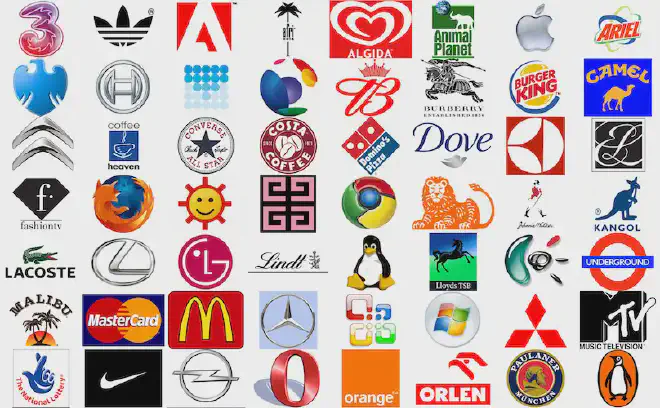Your Logo is not your Brand!

Table of Contents
Your logo is not your brand! This may come as a surprise to you. After all, when you think of Nike you naturally think of their famous swoosh.
Many clients come in because they want a logo that represents everything that they are as a company, everything they do, and don’t forget to include their favorite colors and meaningful symbols! They ultimately want a logo that communicates their entire brand, but quite frankly, that’s not what a logo is supposed to do, even if it were possible.
Branding to a company is like a reputation to a person.
Although you may find yourself attracted to a person for any number of reasons, deep connections are based on shared values, interests, and authenticity. The same is true about your company. Deep lasting connections are made when customers and clients share values with you. That being the case, the better you define your values, act on them, and communicate about them, the deeper the connection.
How Do You Do It? #
1. Act on what you say you value. #
We all know that talk is cheap and there’s nothing more disappointing than feeling duped into a relationship only to find out that things were not actually what was stated. I think we’re almost used to this reality, and look at most product claims with a bit of skepticism (or we should). Isn’t it refreshing when you come across a company that follows through with what they say they stand for?
2. Be transparent. #
Your product/service is not for everyone. Just admit it upfront and you’ll have respect from both sides from the start. Usually, if I hear someone tell me that their product is “not for me” it makes me more curious about it. In that sense, it’s both good marketing and good branding.
3. Use REAL testimonials. #
Today’s consumers are savvy and skeptical. If you have a phony testimonial, chances are, it will be recognized for what it is and ignored. It’s better just to leave it out. Authentic testimonials, however, can turn a skeptic into a paying customer, so take the time to ask for them!
4. Address your environmental impact. #
No matter which side of the debate you’re on, caring for our environment is important. Not every product out there can be certified “green”, but showing how you address the issue of responsible disposal, giving back to the environment in other ways, or making efforts to reduce environmental impact all need to be talked about openly.
5. Address your audience on their terms. #
It’s easy, especially for smaller companies, to talk about themselves in terms that they understand, without regard for their audience. Have a neutral third party read over your marketing and PR materials and listen to their feedback. What are you explaining in detail that no one cares about? What are you assuming everyone else knows because you live with it day-in and day-out?
Some Examples of Values-Based Branding #
TOMS Shoes #
It’s so simple, “With every pair you purchase, TOMS will give a pair of new shoes to a child in need. One for One.”
Target #
You won’t find the same brand value connection with Target, that you do with TOMS, but click here to see how the big boys do social responsibility.
BP #
Being in the oil and gas industry, BP has a looming challenge to win our respect. Between the gulf oil crisis, stripping the planet of fossil fuels, and using political leverage for their own profit, we have many reasons to dislike “Big Oil.” On the other hand, most of us need it to get to work every day. Click here to read about what BP is doing to win us back.
So, Then What’s a Logo Supposed To Do? #
A logo is a memory hook. A simple mark that sticks in peoples’ minds giving them something to attach all of your brand values to. It can’t be your brand, but it can be the thing that brings it to mind. As a customer/client experiences your company, their memories get burned onto the logo, and the logo begins to represent everything you are to them. Ever see a Starbucks logo and suddenly realize you are craving coffee? The logo itself didn’t give you that sense, it simply reminded you (and in turn your body!) of past experiences, which have very real and often visceral memories.
Consider what experiences have been pinned to your logo. If you are in the process of creating a new logo, aim for a symbol that will easily carry the emotions and memories you hope to convey through your brand experience.
originally posted at http://elliottdesign.us/blog/truth-branding/ and was reposted with permission.